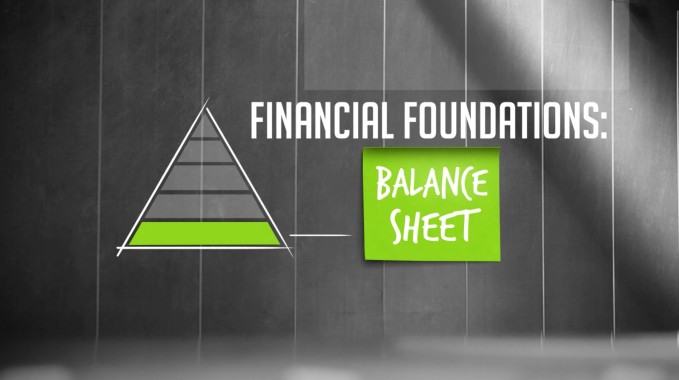What is the Balance Sheet and Its Benefits
Financial statements are explained as being the final result of transactions between a particular entity and other individuals and companies. Transactions take account of purchases, sales, and general cash flows. There are many kinds of financial statements that include an income statement, statement of changes in the equity of the owner, stamen of cash flows and balance sheet. The balance sheet is one of the most significant financial statements.
What is the Balance Sheet?
The balance sheet is a statement which explains an entity’s financial condition at a specific point in time, normally at the end of the accounting period. Balance sheet depicts the assets and liabilities of organizations and owner’s equity. The balance sheet is a statement that describes an entity’s financial position at a certain point in time, usually at the end of an accounting period. It depicts the organization’s assets, liabilities, and owners’ equity. The equation of the balance sheet is Assets=Liabilities Plus Owners Equity. The two sides of the calculation balance out, hereafter why the report is called the balance sheet.
The asset is the economic advantage which will be obtained and controlled by a company as an outcome of previous transactions. The asset is usually tangible (but can be intangible); they take account of cash, inventory, accounts receivable and equipment. The asset could be broken down into long term. Current assets such a accounts receivable and cash are assets which are, or could be changed into cash or benefit the business in one year. But, long term assets that could take account of inventory, land and equipment, are disbursed off and will benefit the organization over an extended time. Accumulated depreciation is utilized on balance sheet to show how the value of long term assets is “used up” during the course of running a company. The cost is blow out beyond the life of the asset.
Liabilities could just be illustrated as the amounts owed to other companies like the assets or service transfer that have to be provided. Also, liabilities are made up of existing or current and long term. Existing liabilities are liabilities which will be disbursed in one year, which include notes payable, accounts payable, current maturities of payroll taxes and long term credit
Net assets are also known as owner’s equity is the right of ownership the business owners have after subtracting liabilities. An owner’s equity includes addition paid in capital, common stock, and retained earnings. Common stock is provided as an investment in the organization. Like for instance, in businesses, stockholders are eventually the owners, they claim whole assets after liabilities and chosen stock claims are satisfied. Additional paid in capital is the amount left paid by traders over the stated cost of the shared sold. Finally, the retained gains are the net income which isn’t distributed as dividends to company or business owners.
Company owners utilize balance sheet so as to analyze the strength as well as the capabilities of their companies. Like for instance, is the company ready to multiply? Or must the company take instant steps to strengthen money reserves? Aside from that, balance sheet describes trends, particularly in the field of accounts receivables as well as payables. Like for instance, is credited in payables being disbursed, and is credited in receivables being obtained in a competitive amount of time. The balance sheet is examined by investors, banks and sellers know the amount of debt they provide the entity.
Related
